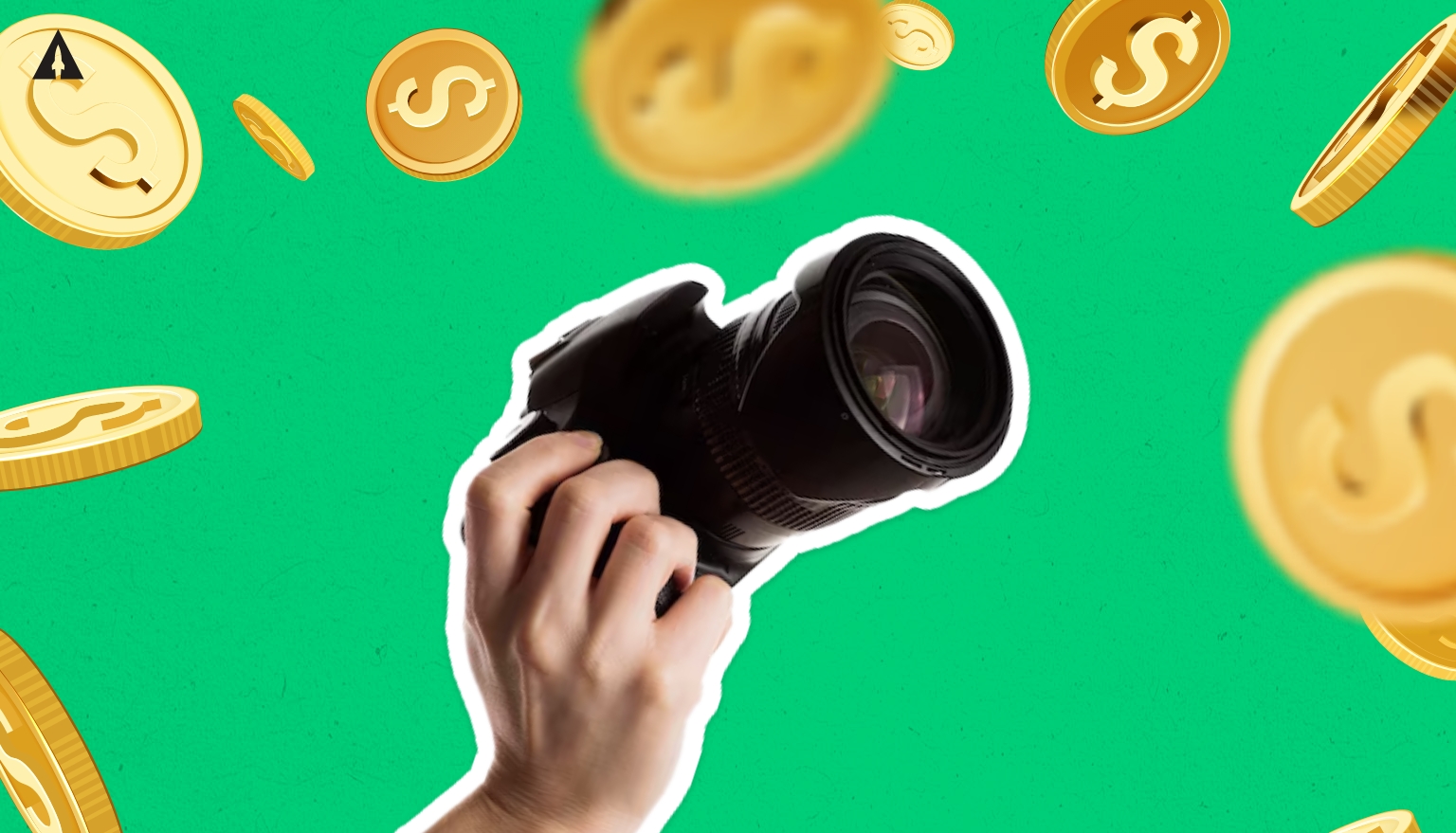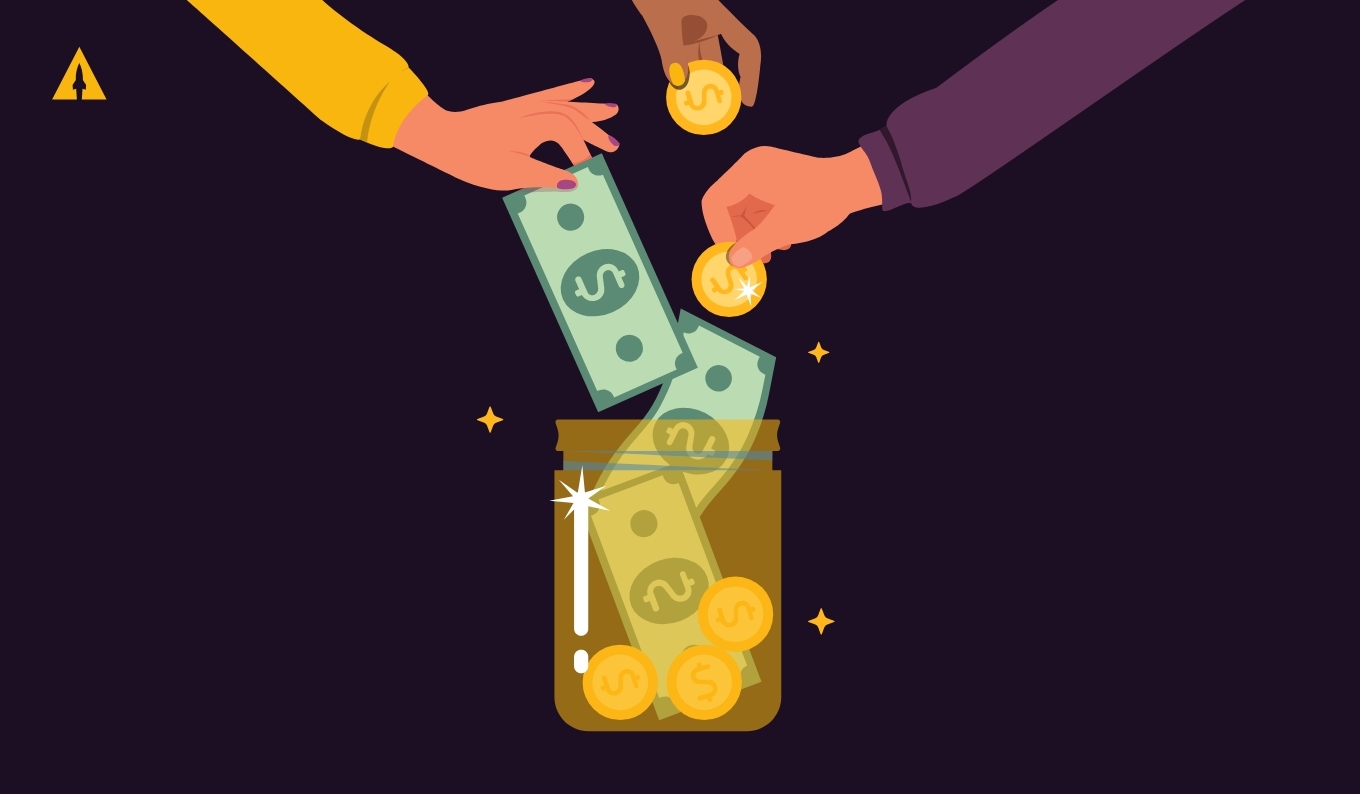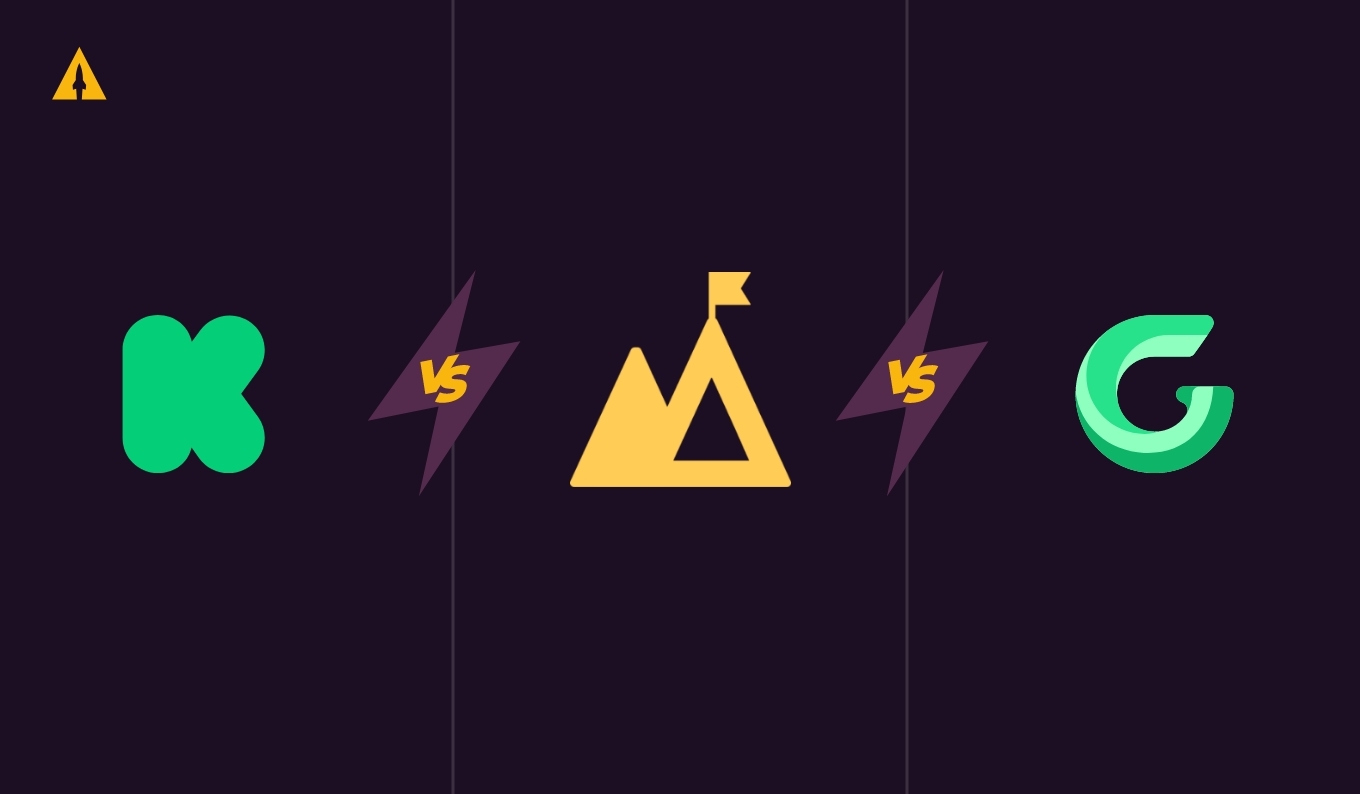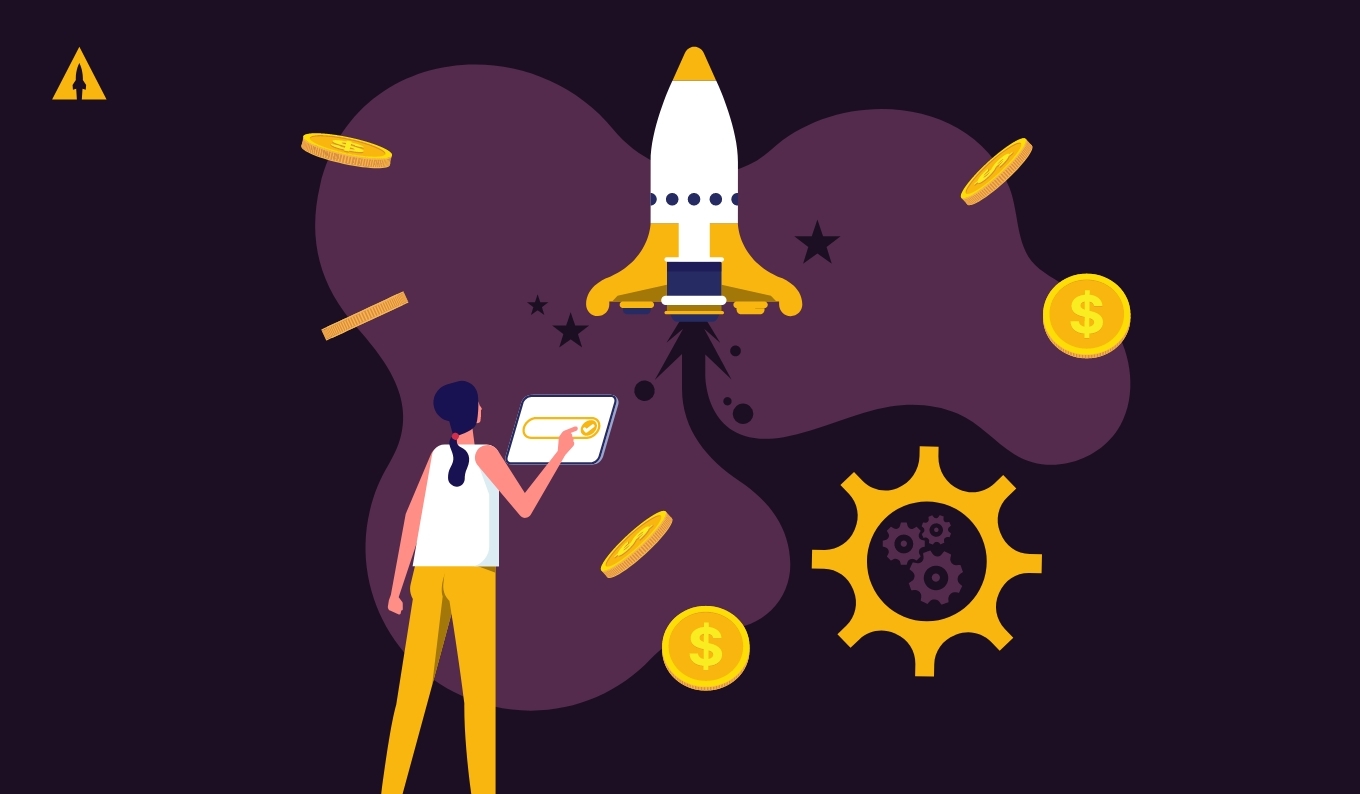
Getting your Kickstarter campaign off the ground takes more than just a great product idea. I’ve noticed that many creators pour their hearts into designing something amazing, but then stumble when it comes to budgeting for the marketing that will actually get it noticed.
Since 2013, I’ve had the privilege of helping over 1,000 product creators raise more than $175 million through crowdfunding. This journey has given me a front-row seat to what separates campaigns that soar from those that struggle to gain traction.
Let me walk you through the five core cost categories you absolutely need to understand before launching your campaign
- Product Photography
- Campaign Video
- Page Design & Copywriting
- Advertising & Marketing
- Campaign Management
These aren’t theoretical nice-to-haves—they’re the concrete investments that form the backbone of crowdfunding success.
Also, I’ll be sharing real examples from three successful campaigns we helped launch:
- Vicious Gardens, a board game that raised $555,283 from 9,466 backers
- Desk Nest, an innovative cat bed that raised $468,628 from 3,733 backers
- Loka Chai Maker, which raised $626,497 from 5,936 backers
Each of these creators approached their budgets differently, but they all understood one critical truth: knowing where and how to invest your resources can transform your campaign’s trajectory.
The path between a campaign that fizzles and one that fundamentally changes your business often comes down to these budget decisions. Let me show you what I’ve learned about making them wisely.
Contents
- Key Takeaways
- The Cost to Start vs. Run a Campaign
- Cost Category #1: Product Photography
- Cost Category #2: Campaign Video
- Cost Category #4: Advertising & Marketing
- Cost Category #5: Campaign Management
- The Bottom Line: What You Really Need to Budget
- Next Steps: Planning Your Budget
- Your Next Step
- How much does a Kickstarter campaign cost? Frequently Asked Questions.
Key Takeaways
- Starting a Kickstarter is free, but running a successful campaign requires investment in photos, videos, page design, marketing, and possibly management.
- Product photography costs range from $100-2,500 depending on whether you go DIY, use a service, or hire a professional photographer.
- Campaign videos typically cost $100-15,000, with most first-time creators spending $1,000-5,000 with a student or freelancer.
- Page design and copywriting can range from $0-5,000+, with DIY options utilizing tools like Canva or hiring freelance talent.
- Advertising is crucial for success, with most successful campaigns investing 10-20% of their funding goal in pre-launch and live campaign marketing.
- Campaign management options vary from self-managed (free but time-intensive) to full-service agencies ($25,000+ plus commission).
- Learn from real success stories: Vicious Gardens ($555K), Desk Nest ($468K), and Loka Chai Maker ($626K) all launched successfully without using expensive full-service agencies.
The Cost to Start vs. Run a Campaign
First, let’s clear something up: there’s a significant difference between what it costs to start a Kickstarter campaign and what it costs to run a successful one. Many creators focus on the platform fees while overlooking the investment required to maximize their chances of success. Understanding this distinction will help you plan your crowdfunding budget more effectively.
How much does it cost to start a Kickstarter campaign?
The answer is simple: It’s completely free.
Anyone can create a Kickstarter account and launch a campaign without paying a single dollar up front. The only fees you’ll pay are after your campaign succeeds:
- 5% to Kickstarter
- 3-5% for payment processing via Stripe
But here’s the thing…while starting is free, running a successful campaign is a completely different story.
How much does it cost to run a successful Kickstarter?
Let me show you what I mean using our client, Vicious Gardens, as an example.
Ross Bruggink spent three years developing this game. He could have just thrown up some basic photos and hoped for the best. But instead, he invested strategically in each of the five cost categories we’re about to explore. He allocated his budget toward professional photography that showcased the game’s unique artwork, created an engaging campaign video, designed a compelling campaign page, implemented a targeted marketing strategy, and established effective campaign management. The result was raising over half a million dollars.
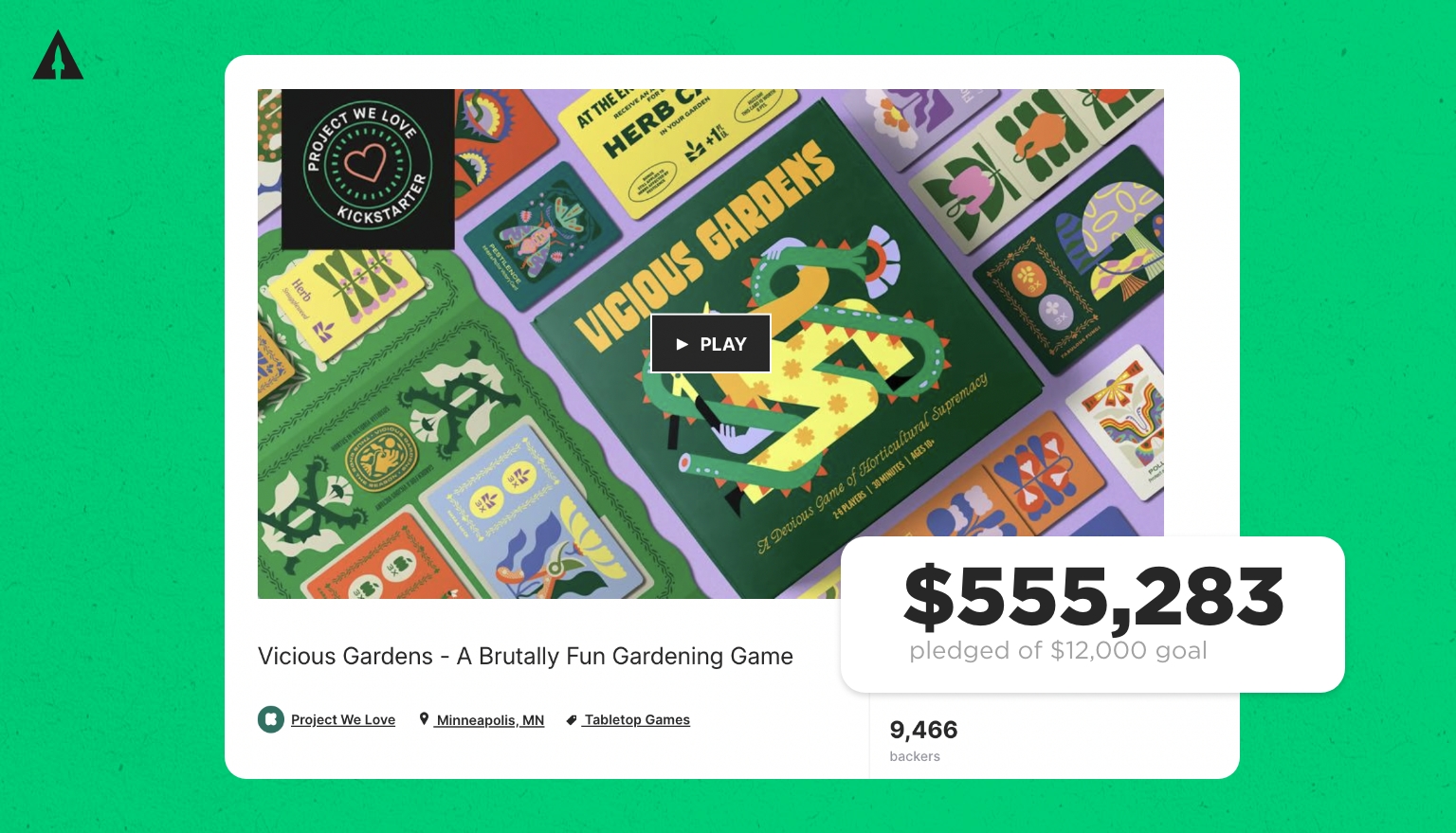
Success on Kickstarter isn’t about getting lucky – it’s about making smart investments in the right areas. Which brings us to the five core cost categories of a successful campaign.
Cost Category #1: Product Photography
High-quality product photos are absolutely critical to your success on Kickstarter. Photography is often the first visual impression potential backers have of your product, and it needs to convey quality, functionality, and value instantly. Poor photography can make even the most innovative product look amateurish and untrustworthy.
Our three example campaigns all invested in professional photography:
Vicious Gardens used stunning visuals that showcased the game’s unique personality…

Desk Nest featured clean layouts showing how their cat bed fits neatly on a workspace…

Loka Chai Maker demonstrated exactly how their innovative product works…

So how much will professional photos cost you? You have three main options:
| Option | Cost Range | What You Get |
| DIY Photography | $100-600 | Complete control, but you spend more time |
| Product Photography Service | $500-1,000 | Standardized process, limited creative direction |
| Professional Photographer | $750-2,500 | Creative partner, highest quality output |
DIY Photography ($100-600)
If you absolutely must go the DIY route, you’ll need to invest in at least:
- A decent DSLR camera ($300-500) or use a modern smartphone
- A tripod ($50)
- Basic lighting ($100)
- A white backdrop ($50)
Total investment: About $600 (potentially less if you use a smartphone)
Quick tip: Most modern smartphones like an iPhone, Samsung Galaxy, or Google Pixel can take pretty great product photos if you practice a bit and have good lighting. This could save you from having to buy a DSLR camera.
Product Photography Service ($390-1,000)
These are companies that have productized their photography offerings.
For example, a company like Soona can provide professional studio photos for $149 upfront and then just $39 for each photo you want. For 10 photos, that’s $539 total.
Here’s how it works:
- Ship your product to their studio
- Direct the shoot remotely in real-time
- Get fully retouched photos back
This can be a good option if you only need some help getting studio shots on a white or colored background.
Professional Photographer ($650-2,500)
Yes, having a professional photographer is typically more expensive, but in many ways it can be less risky overall.
A good professional photographer will act as a creative partner and make sure your product really stands out in the photos. Loka Chai Maker used a professional photographer for their campaign, and the professional quality helped convince customers this wasn’t just another kitchen gadget – it was a premium solution to a real problem.
The Photo Quality Pyramid

Regardless of which option you choose, you need to think of your product photos like a pyramid with three essential levels:
At the base, you need crystal-clear studio shots – your product on a white or colored backdrop highlighting every angle and feature. Vicious Gardens used studio shots to showcase the game components with perfect lighting and clarity, allowing potential backers to see the quality of the cards, game board, and pieces.

In the middle, you need location photos – your product in the environment it’s intended to be used so customers can imagine themselves using it. Desk Nest’s campaign featured photos of their cat bed attached to different desk setups, helping work-from-home cat owners visualize the product in their own space.
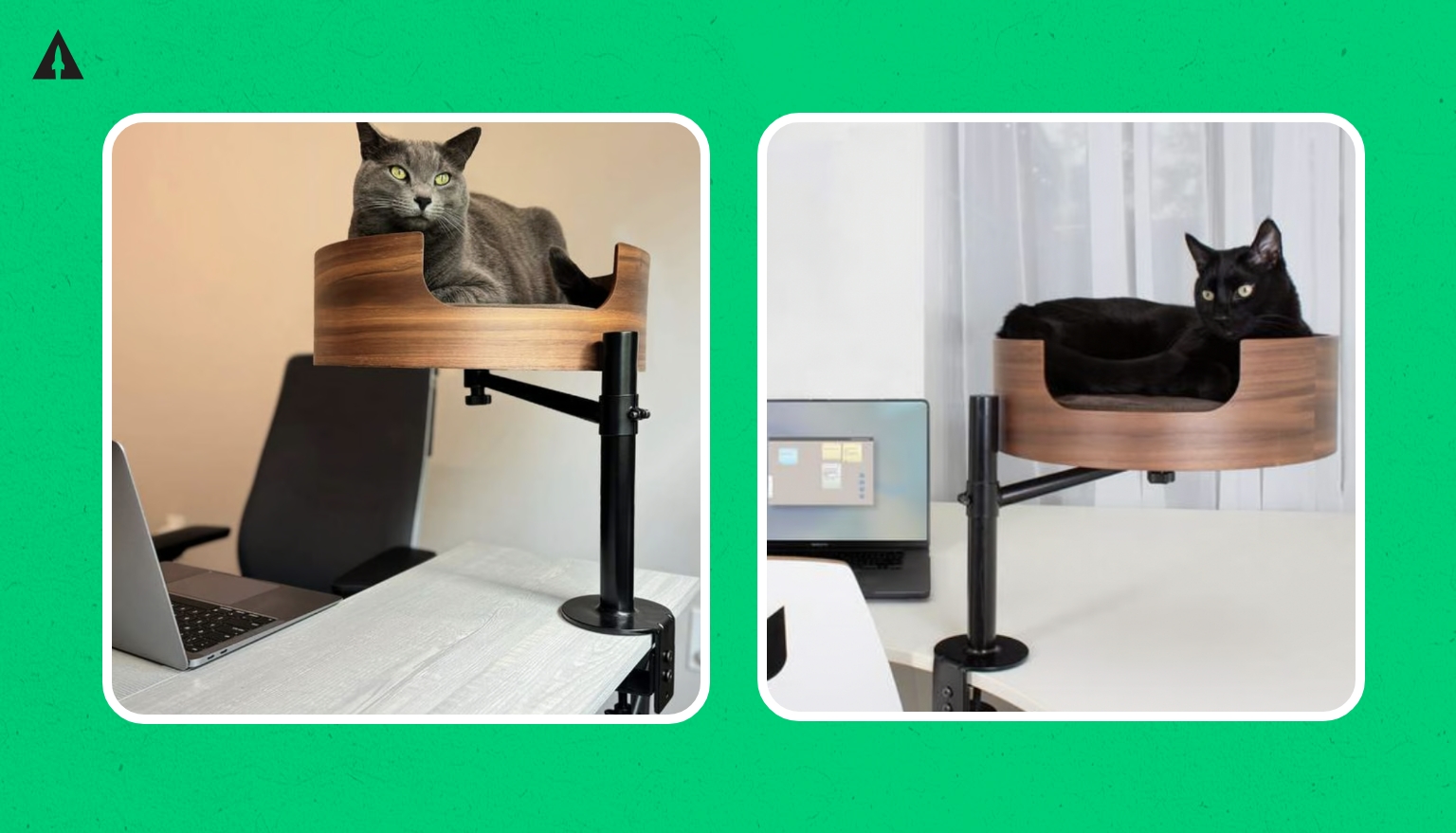
At the top, you need action shots showing your product in use – these showcase motion and interaction. Loka Chai Maker included shots of people making and enjoying chai with their product, demonstrating both the functionality and the emotional satisfaction of using it.

If your campaign is missing any of these three types of photography, you’re potentially limiting your ability to connect with and convince potential backers.
Cost Category #2: Campaign Video

I’m going to be direct about this – nowhere have I seen creators waste more money than on the campaign video.
Many creators produce elaborate mini-documentaries which focus more on their personal journey than on selling the product. In reality, your campaign video serves one primary purpose: to convert viewers into backers. It should be approached as a marketing tool rather than a vanity project.
For instance, take Loka Chai Maker’s campaign video.
Like any effective advertisement, they started with a compelling hook in the first 6 seconds, then immediately presented their solution, and continued to explain “why” for the rest of the video. This structured approach helped them communicate their value proposition clearly and persuasively.
So, how much should you budget for your campaign video? You’ve got three main options:
| Option | Cost Range | What You Get |
| DIY Video | $100-500 | Complete control, but more time intensive |
| Student/Freelancer | $1,000-5,000 | Good production value, but slightly more risky |
| Professional Agency | $5,000-15,000 | Lowest risk, but most expensive |
DIY Video Production ($100-500)
If you must go the DIY route, here’s what you’ll need:
- Use your DSLR camera or smartphone
- A decent lav microphone ($100)
- Basic lighting like a softbox ($200)
- A tripod ($50)
- Video editing software ($150)
Total investment: About $500
Student/Freelancer Video Production ($1,000-5,000)
This is where many creators find that sweet spot between quality and cost.
When working with a student or freelancer, you’ll typically pay:
- $1,000-2,000 for shooting
- $500-1,000 for editing
- $500-2,000 for extra services (motion graphics, music, etc.)
Total investment: $2,000-5,000
Professional Agency Video Production ($5,000-15,000)
There are quite a lot of professional video agencies that specialize in crowdfunding videos. That specialization can be really helpful in making sure you get a great video.
What I really want to make clear here is that some creators spend $50K+ on a video and that’s far too much. In fact, spending more than $15,000 on your video usually leads to diminishing returns. After analyzing hundreds of campaigns, we’ve found that video quality correlates with funding success only up to a certain point, after which additional investment yields minimal benefit.
The Three Pillars of a Great Campaign Video
Whether you go DIY or professional, every successful campaign video needs three key elements:
- Clear Product Demonstration – show exactly how your product works
- Professional Production Quality – stable shots, clear audio, and proper lighting
- Emotional Connection – don’t just show the product – show how it makes people feel
The Loka Chai Maker video exemplifies all three of these elements perfectly:
For clear product demonstration, they showed exactly how their innovative chai maker works. The video highlights the unique “chai fountain” feature that solves the common problem of chai boiling over.
Regarding production quality, their video featured stable shots, clear audio, and proper lighting that made the product look professional and trustworthy. Even close-up shots of the product were crisp and well-lit.
For emotional connection, they didn’t just show the product – they showed people enjoying the chai together, tapping into the social and cultural aspects of chai drinking. This emotional component helped potential backers envision how the product would enhance their lives.
Video Production Timeline
Planning your video production timeline is crucial, especially if you’re working with external talent. Plan for 4-6 weeks total:
- Pre-production: 1-2 weeks
- Shooting: 1-2 days
- Editing: 2-3 weeks
- Revisions: 1 week
Starting your video production early in your campaign preparation allows time for revisions and ensures you’re not rushing this critical component. Many creators underestimate how long the editing and revision process takes, so building in buffer time is essential for quality results.
Cost Category #3: Page Design & Copywriting
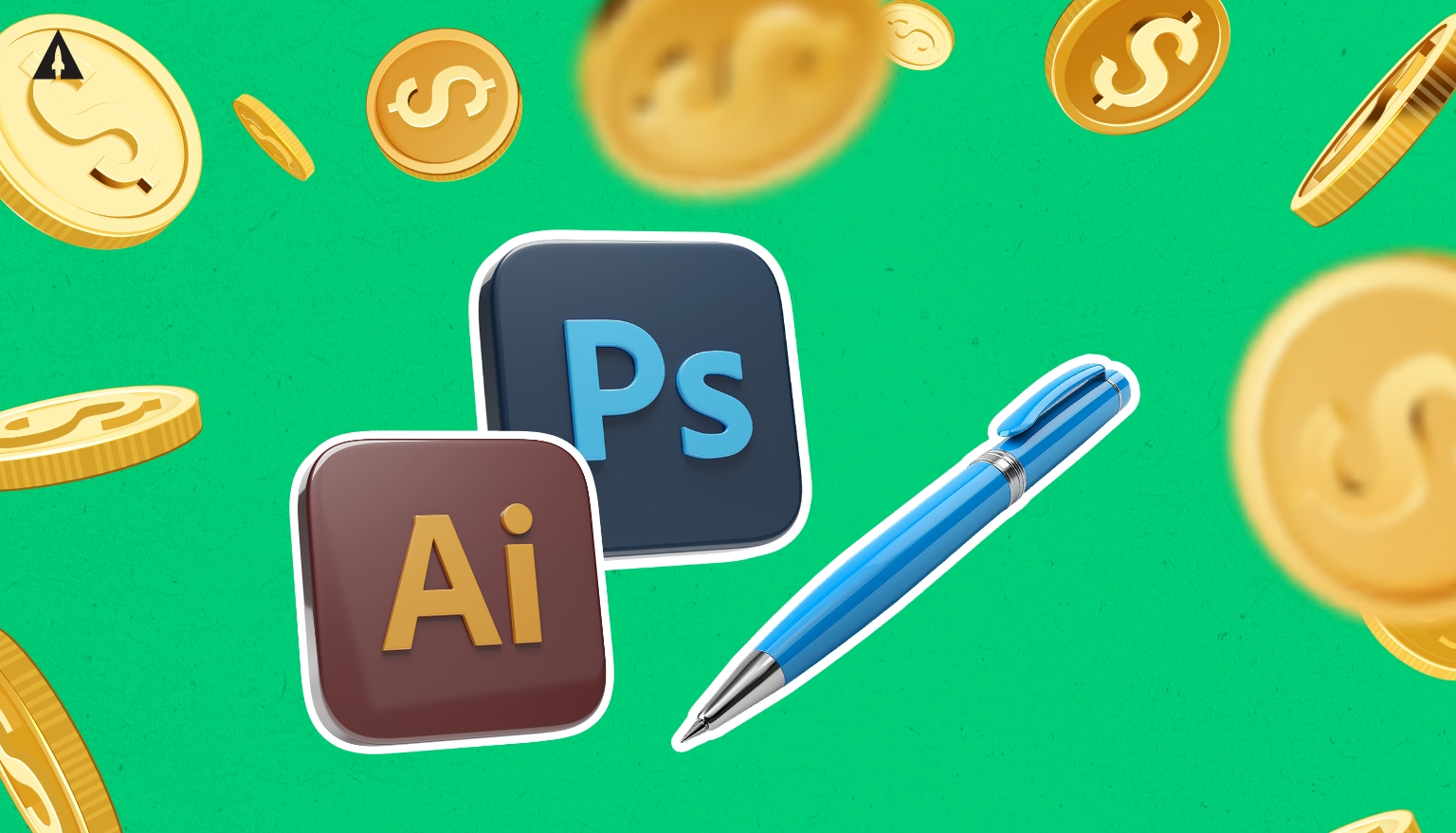
This is where many creators make a significant mistake.
Their campaign page is often an afterthought compared to their video. However, statistics show that far more people will read your campaign page than watch your video in its entirety. The campaign page is where interested backers go to get detailed information before committing their money, making it arguably more important than your video in driving conversions.
When it comes to creating a high-converting campaign page, you have to get two things right:
- Great copywriting
- Great graphic design
Let’s look at how our three successful campaigns designed their pages:
Vicious Gardens used witty copy and bold visuals to convey the strategic depth of the game. Their page featured custom illustrations that matched the game’s aesthetic, creating a cohesive visual experience. The copy cleverly balanced gardening terminology with gaming strategy explanations, making the gameplay clear even to those unfamiliar with tabletop games.
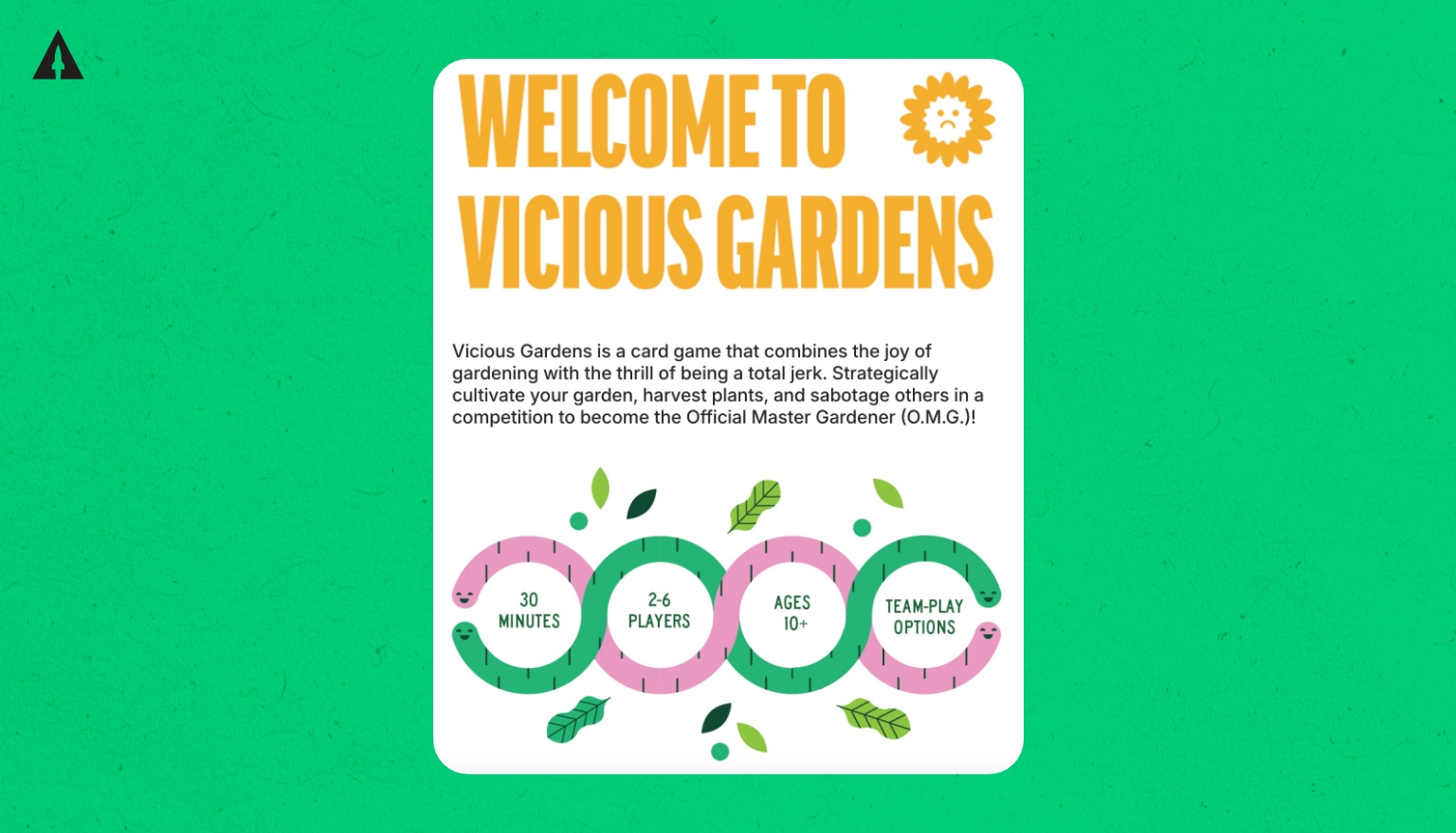
Desk Nest’s clean layout and compelling headlines immediately communicated how their innovative cat bed solves a real problem for cat owners who work from home. They used a simple color scheme that matched their product and included compelling before/after scenarios showing workspace problems with cats and the solution their product provides. The copy focused on pain points cat owners experience during work-from-home situations, building immediate relatability.

Loka Chai Maker balanced showing the traditional roots of chai-making with their contemporary solution. Their page incorporated authentic cultural elements alongside modern design sensibilities, using animations and GIFs to show the product in action. Their copy told a story that connected tradition with innovation, explaining how their product preserved authentic chai flavor while eliminating common brewing problems.
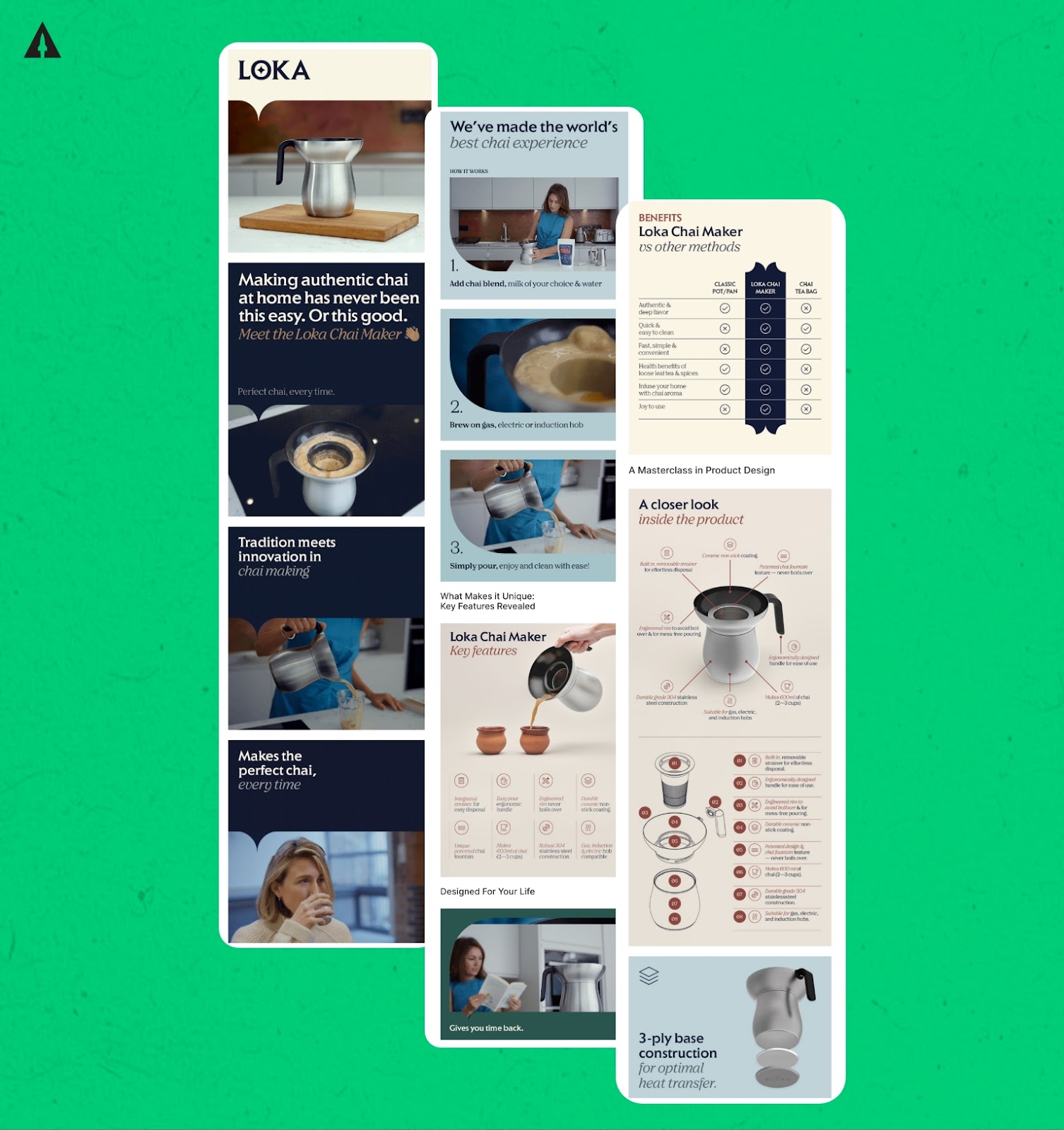
So how much will an effective campaign page cost you? Here are three options:
| Option | Cost Range | What You Get |
| DIY | $0-100 | Complete control, but time-intensive |
| Freelance Professionals | $1,400-3,200 | Professional quality, but have to find 2 freelancers |
| Professional Agency | $5,000+ | One-stop-shop, but expensive |
DIY Campaign Page ($0-100)
To write the copy, I recommend looking at other successful campaigns on Kickstarter and modeling how they organized their page. This will serve as your campaign page template.
You can fill it in yourself or use tools like ChatGPT to help you out. I find it pretty helpful to have ChatGPT write a draft and then go in and clean up the tone to match the brand voice.
For graphics, I recommend using Canva. It’s free to start, but the pro version costs about $15 per month. I personally use Canva everyday and am constantly surprised by how powerful it is for the cost.
Freelance Professionals ($1,400-3,200)
This typically involves two key people:
- A copywriter ($600-1,200)
- A page designer ($800-2,000)
Of course, you could do the copywriting yourself and hire a graphic designer or vice-versa to save costs.
Professional Agency ($5,000+)
Agencies will be a one-stop-shop to getting your page created. Instead of having to find a freelance copywriter and designer separately, they’ll handle it for you. Because of that, they’ll charge more, even though the quality may be pretty similar to freelancers.
The Three C’s of Campaign Pages
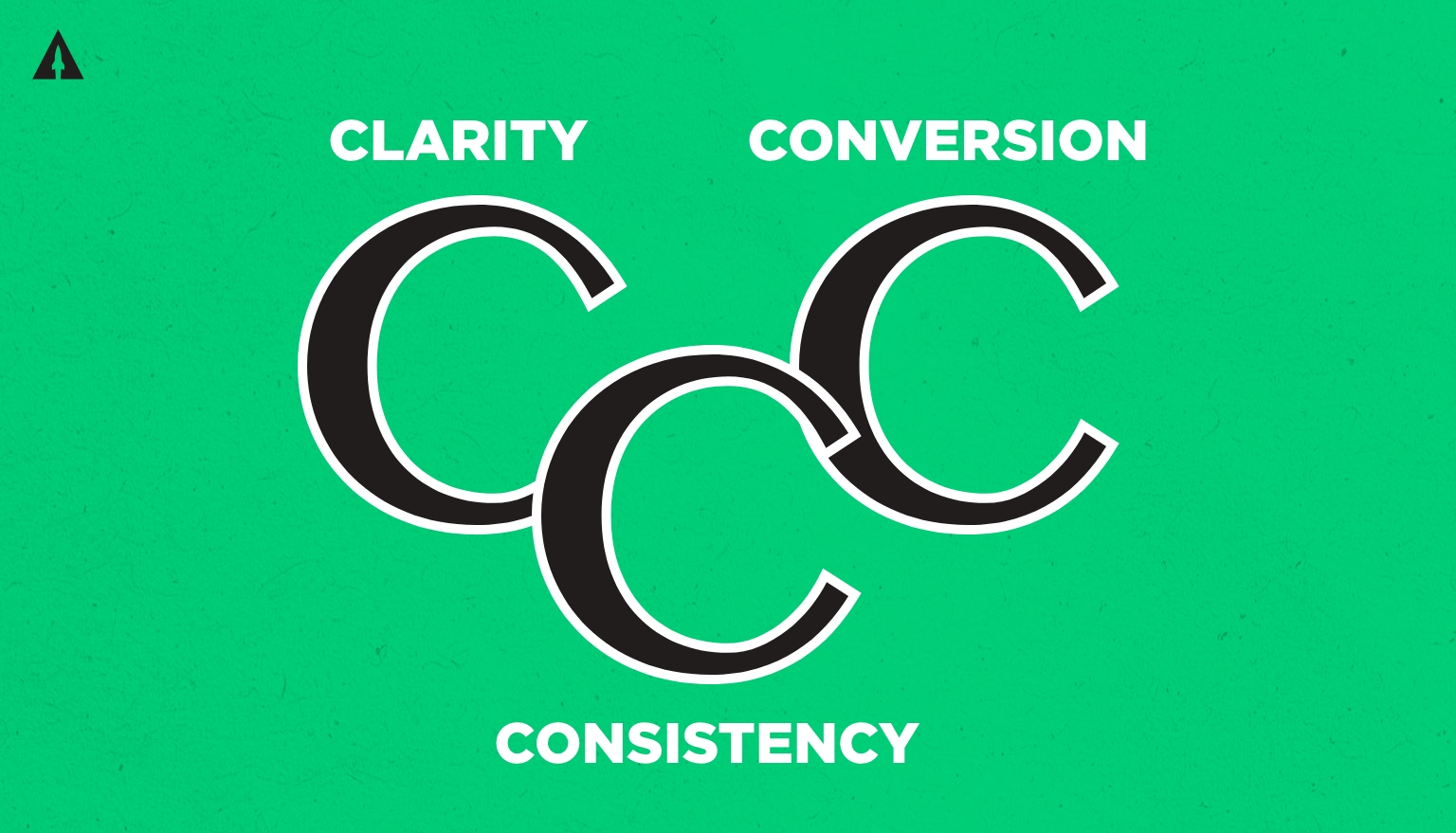
No matter which option you choose, every successful campaign page needs:
1. Clarity – Communicate your product’s value in seconds
Desk Nest’s page exemplifies clarity. Within seconds of landing on their page, potential backers understand both the problem (cats disrupting work) and the solution (their innovative desk-mounted cat bed). They use clear headings and concise text explaining benefits like “Keep your cat close without compromising your workspace” that immediately communicate value.
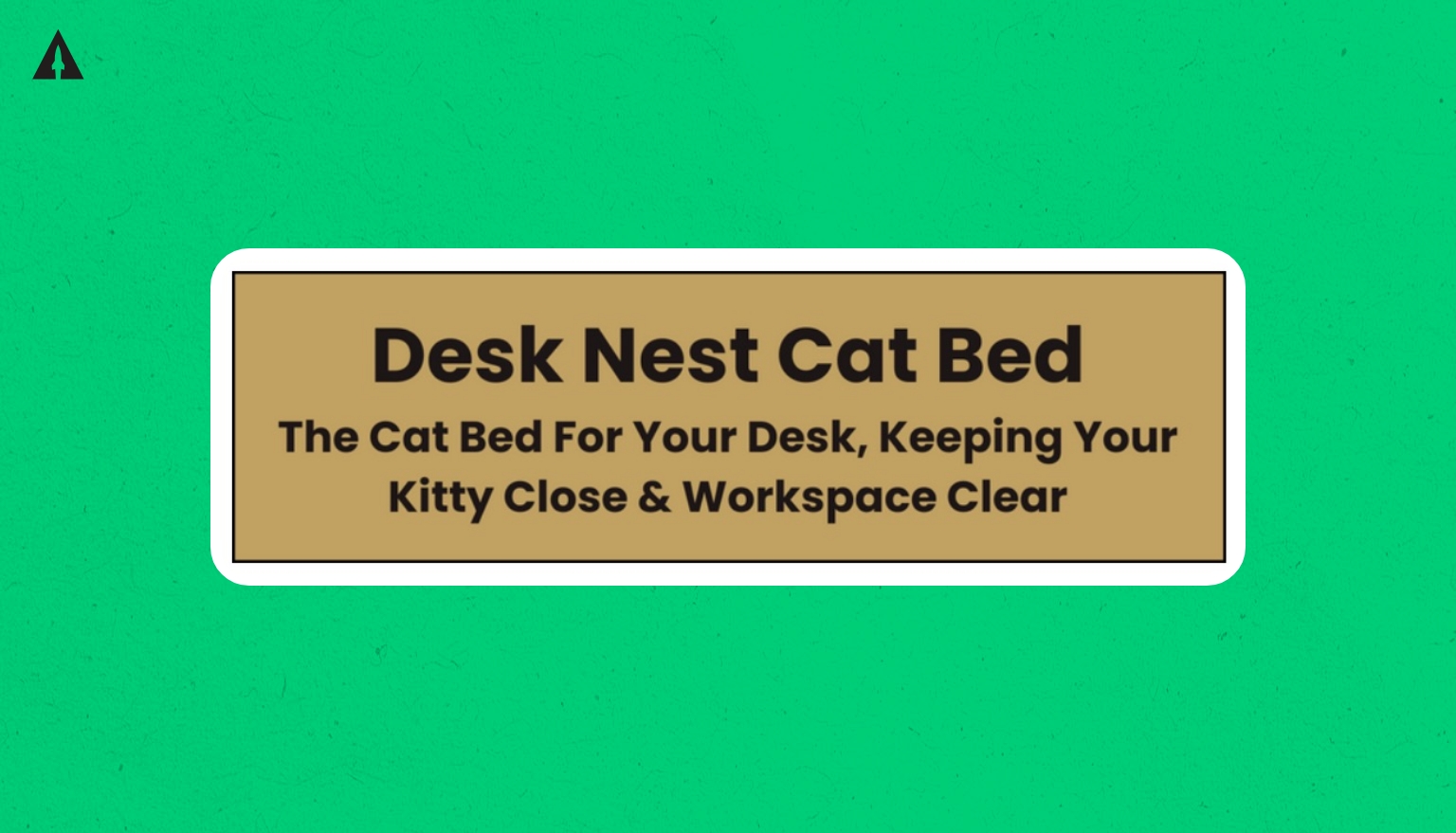
2. Consistency – Maintain your unique style throughout every element
Vicious Gardens maintains impeccable consistency throughout their page. Their unique artistic style, color palette, and tone of voice remain constant from top to bottom. Every illustration, GIF, and graphic adheres to their established visual language, creating an immersive experience that reinforces their brand identity.
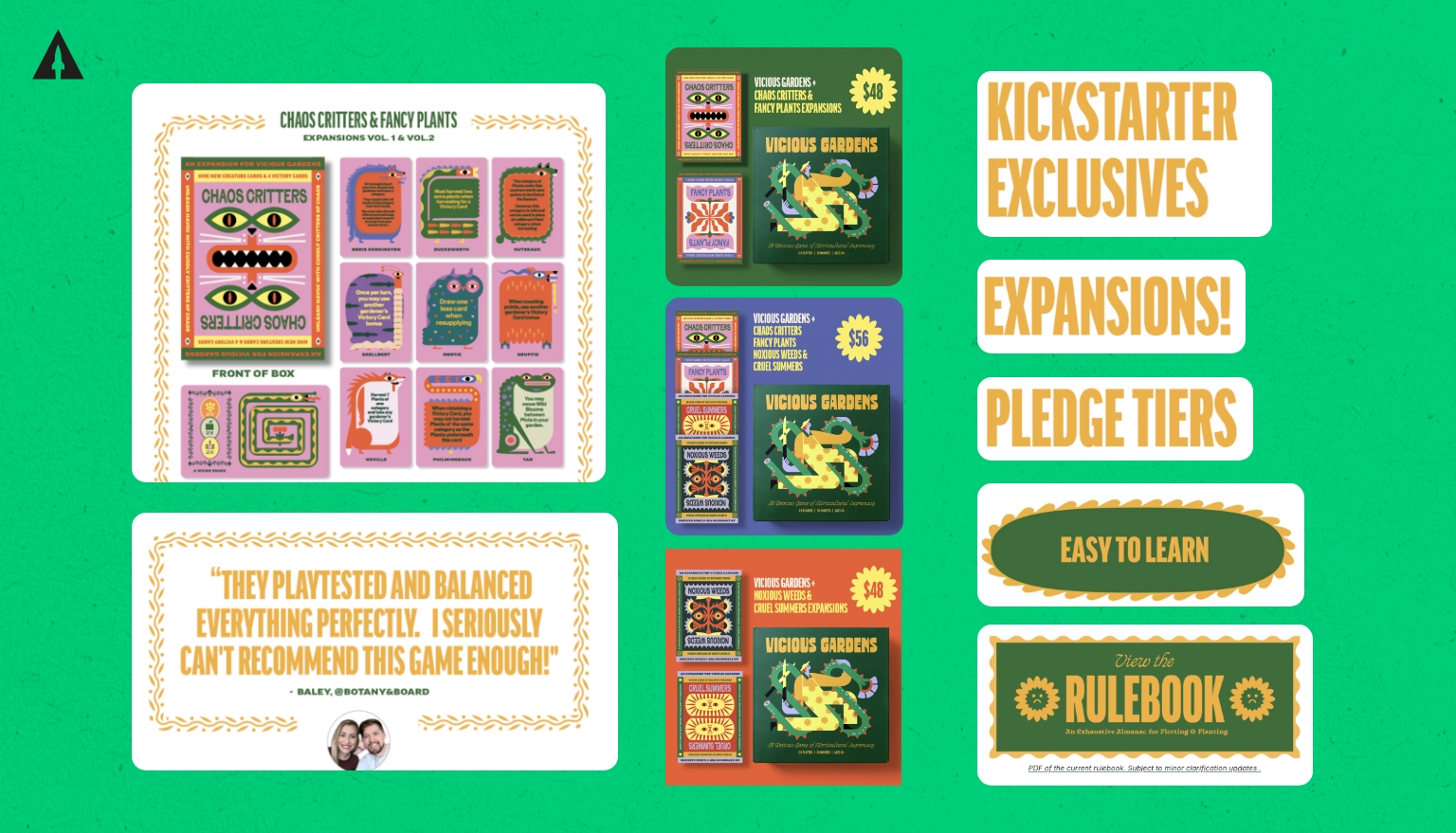
3. Conversion – Focus on getting people to back your project
Loka Chai Maker excelled at conversion by presenting clear calls-to-action throughout their page and addressing potential objections before they arose. A good example of a graphic that helped with conversions was this comparison chart:
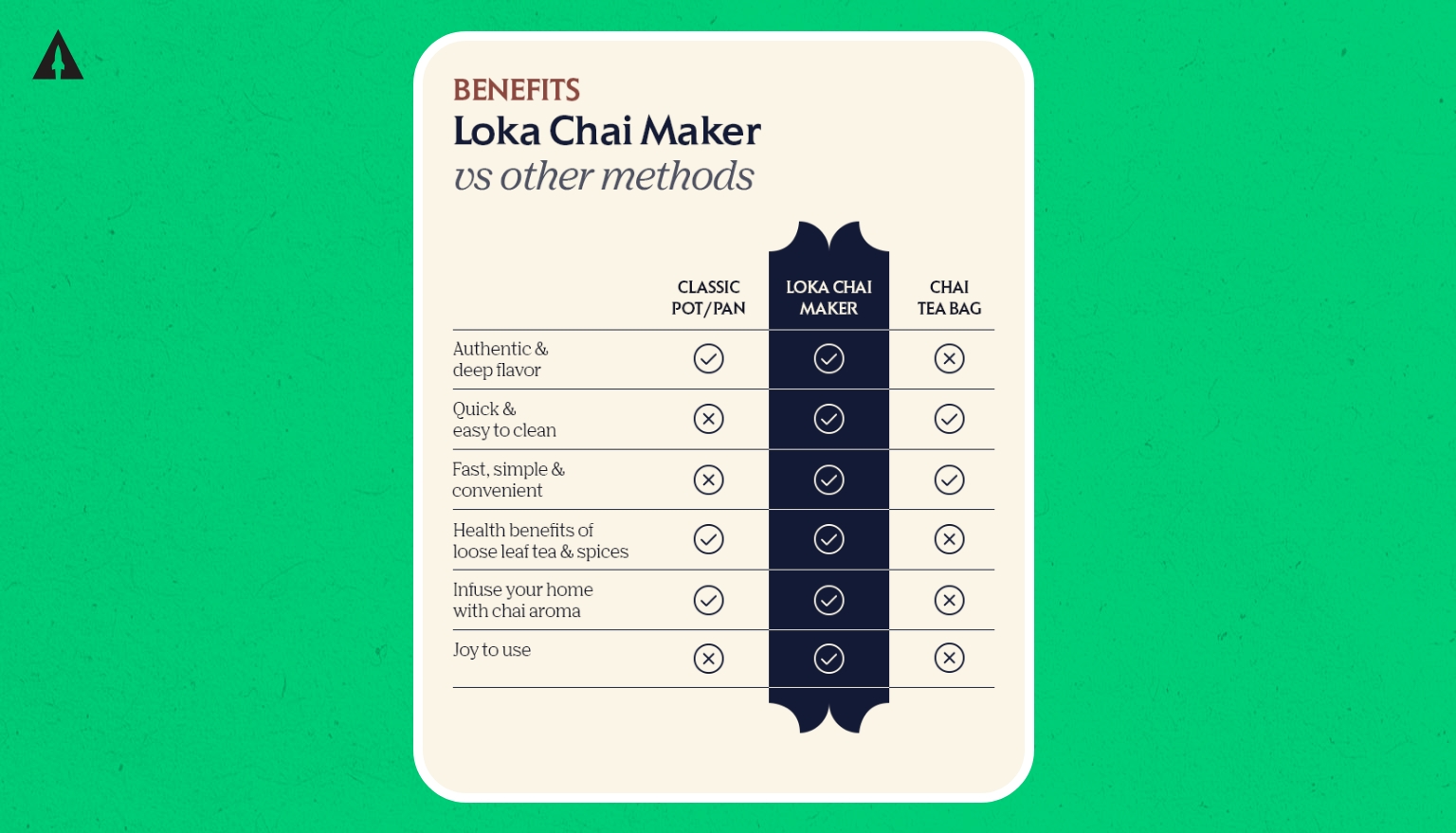
Page Development Timeline
Developing an effective campaign page requires careful planning. Allow 3-5 weeks for the complete process:
- Copy development: 1-2 weeks
- Page design: 1-2 weeks
- Revisions: 1 week
Starting early allows for multiple revision cycles and testing with potential backers. The page is not something you can rush together at the last minute, as it requires thoughtful organization of information and strategic design decisions. We’ve seen a direct correlation between the time invested in page development and campaign conversion rates.
Cost Category #4: Advertising & Marketing
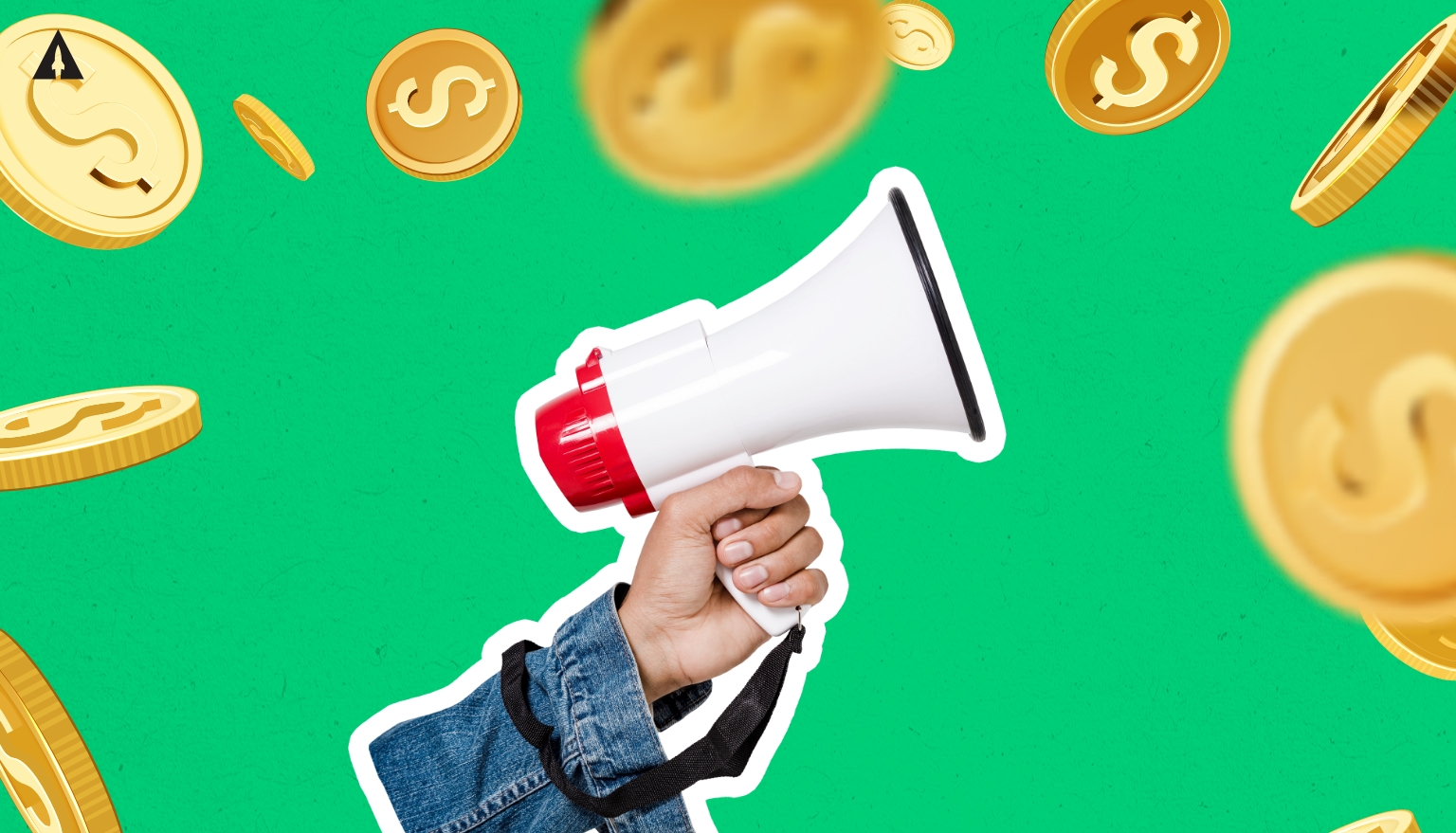
Advertising and marketing are the primary drivers of traffic to most successful Kickstarter campaigns. Even the most beautifully designed campaign page and video won’t generate funding if nobody discovers them. The three examples we’ve been examining all used paid advertising as a core part of their strategy.
Your advertising budget will typically be split between pre-launch activities to build an audience and live campaign advertising to maximize your funding. Understanding how to allocate this budget effectively is crucial to campaign success.
Let me show you the impact of strategic advertising using real numbers from our three campaigns:
- Desk Nest raised $165K in just their first day
- Vicious Gardens hit $67K day one
- Loka Chai Maker brought in $169K in their first 24 hours
These impressive day-one results weren’t accidental—they were the direct result of pre-launch advertising strategies that built engaged audiences before the campaigns went live.
Pre-Launch Advertising Strategy
For example, before launching, Loka Chai Maker used pre-launch advertising to build:
- 22,000 email subscribers
- 4,000 VIP reservations (people who paid $1 in pre-launch for the best discount)
Their advertising strategy centered around what we call a “reservation funnel”—a system designed to convert advertising traffic into email subscribers and then into committed VIP reservations. This created a pool of highly qualified potential backers ready to support the campaign on launch day.
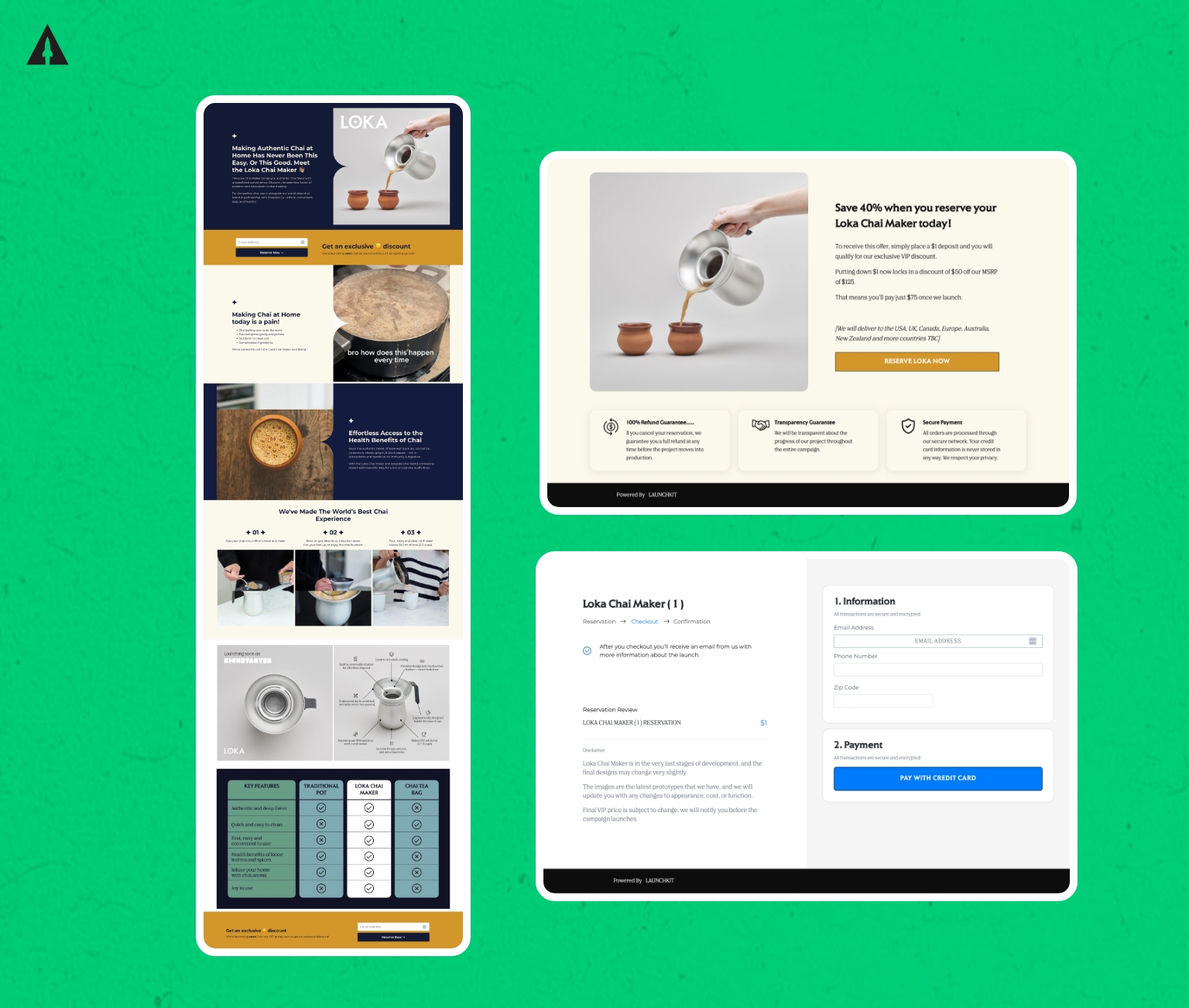
Loka started with a modest $2,000 testing budget, which is what we typically recommend for initial ad testing at LaunchBoom. This testing phase allowed them to identify their most responsive audience segments and which ad creative performed best.
Their ads focused on demonstrating the unique “chai fountain” feature of their product, which instantly communicated the core value proposition. They tested multiple ad variations to determine which messaging and visuals resonated most with potential backers. Here’s one of their best performing ads:
Once they analyzed their metrics and saw promising results (email signups under $3 and VIP reservations under $10), they strategically scaled their advertising from $75 per day to $900 per day.
Before they went live, they had invested $31K in pre-launch ads. By the end of their campaign, Loka had spent $60,000 total on paid advertising, raising $626K from over 5,900 backers. In an interview on our Masters of Crowdfunding podcast, the founders explained that they were initially hesitant about advertising expenditure but became convinced of its value when they saw the clear return on investment.
Live Campaign Advertising
During the live campaign, advertising continues to play an important role. Once the campaign launches, you’ll want to target:
- Retargeting past visitors who didn’t back
- Cold audiences similar to your existing backers
- Interest-based audiences relevant to your product category
- Promoting campaign milestones to generate social proof
The key to successful live campaign advertising is maintaining a positive return on ad spend. As long as your ads are generating more in contributions than they cost to run, it makes sense to continue spending.
How Much Should You Budget for Advertising?
Does the Loka Chai example mean you should spend $60K on ads? Not necessarily.
There is no universally correct amount to spend on advertising. The appropriate budget depends on your financial goals, your product’s price point, and the return you’re getting on your ad spend.
In general, if advertising is performing well, first-time creators typically spend 10-20% of whatever they raise on ads. So if you raise $100K in total, you will likely invest $10K to $20K in ads, assuming they are performing well.
The most important principle is to start small, test thoroughly, and only scale when you have data showing positive results. This measured approach minimizes risk while maximizing potential returns on your advertising investment.
Cost Category #5: Campaign Management

At this point, you might be feeling a little overwhelmed…
And you know what? That’s completely normal. Running a successful Kickstarter campaign is similar to operating a mini-business. It requires coordinating multiple disciplines, managing timelines, responding to backer questions, and constantly optimizing your approach based on performance data.
The complexity is one reason many creators seek help with campaign management. Let’s look at how our three example creators approached this challenge:
- Ross from Vicious Gardens had already spent three years developing his game alone. As a professional designer, he had the skills to create beautiful visuals, but needed help with marketing strategy and audience building.
- Scott from Desk Nest was actually a multiple-time creator (this was his fourth campaign). Despite his experience, he recognized that specialized support could help him reach a larger audience than he could on his own.
- The Loka Chai Maker founders both had demanding full-time careers. Anish was General Counsel at a major company, while Nikhil was involved with multiple businesses. They needed guidance on the crowdfunding process to fit campaign management into their busy schedules.
So how do you manage all these moving pieces? You have three main options:
| Option | Cost Range | What You Get |
| Self-Managed | $0 | Complete control, but time intensive |
| Guided Support | $4,000-12,000 | Expert guidance, high ROI, but you do some of the work |
| Full-Service Agency | $25,000+ plus commission | Handles everything (in theory), but very expensive |
Self-Managed Campaigns
Usually people opt for self-management when they have more available time than money.
Creators who go this route typically take longer to launch because there is so much to learn and manage. They have to become proficient in:
- Photography
- Videography
- Copywriting
- Page Design
- Marketing
- Project Management
- Customer Service
And here’s the challenge – even if you’re great at one or two of these areas, you probably aren’t an expert at all of them. This can lead to inconsistent quality across your campaign materials and potentially limit your funding potential.
Self-management requires significant time investment—often 40+ hours per week for 6+ months. If you have existing skills in some of these areas and are willing to put in the time to learn the rest, this approach can work well. Many successful first-time creators take this route, but it’s important to be realistic about the workload involved.
Full-Service Agency
A full-service agency can help with all those disciplines I just listed. But here’s the drawback everyone needs to know about…
A good full-service agency typically charges at least $25,000 for their services. Plus, you’ll need another $25,000 minimum for advertising spend, and they take an additional commission on all the funds raised (usually somewhere between 5-15%).
Why so expensive? Because you’re not just paying for expertise – you’re paying for an entire team of professionals plus all the overhead costs of a larger company.
That’s why a full-service agency only makes sense if you’ve got a substantial budget, are ready to spend $50,000+ on campaign management, and are okay with a potentially lower ROI.
The Alternative Approach: Guided Support
What if you’re somewhere in the middle? What if you’re looking for higher ROI? Can you get expert guidance without the full-service price tag?
This is exactly why we created LaunchBoom Accelerator (for products) and LaunchBoom Games (for games).
Instead of doing everything for you, we work with you to create and manage your campaign. This was the approach used by all three of our example campaigns:
- Vicious Gardens raised $555K
- Desk Nest raised $468K
- Loka Chai Maker raised $626K
With guided support, you can:
- Get the highest ROI by doing some work yourself
- Get professional guidance on strategy and execution
- Learn lifelong skills that you can apply to scaling your business and future campaigns
This collaborative approach typically costs between $4,000-12,000 depending on the level of support needed, making it accessible to creators who don’t want to spend tens of thousands for full-service management but recognize the value of expert guidance.
For creators not looking to go the DIY route, this is the best choice. That includes first-time creators, veteran creators, and established businesses alike. At the end of the day, it’s all about getting the best ROI over the long-term of building your business, and this approach does a great job of doing just that.
The Bottom Line: What You Really Need to Budget
Remember those two questions we started with?
- How much does it cost to start a Kickstarter campaign?
- How much does it cost to run one?
The first answer is straightforward. It costs absolutely nothing. Zero. Zilch. Nada.
But the second question… that’s where it gets interesting.
Can you run a successful campaign with no money? While technically possible, it’s highly unlikely. Without investment in your campaign, you’re essentially hoping for organic discovery in an increasingly competitive marketplace.
You’re going to need some investment in those critical elements we talked about:
- High-quality photos and video
- Professional page design
- And most importantly… advertising
But here’s the good news…
You can significantly reduce these costs if you’re resourceful and willing to put in some of the work yourself. That’s what Ross did at Vicious Gardens, Scott did at Desk Nest, and Anish & Nikhil did at Loka Chai.
Your campaign costs could be as low as a few thousand dollars… or as high as $50,000 or more. It’s really up to you and your approach.
Next Steps: Planning Your Budget
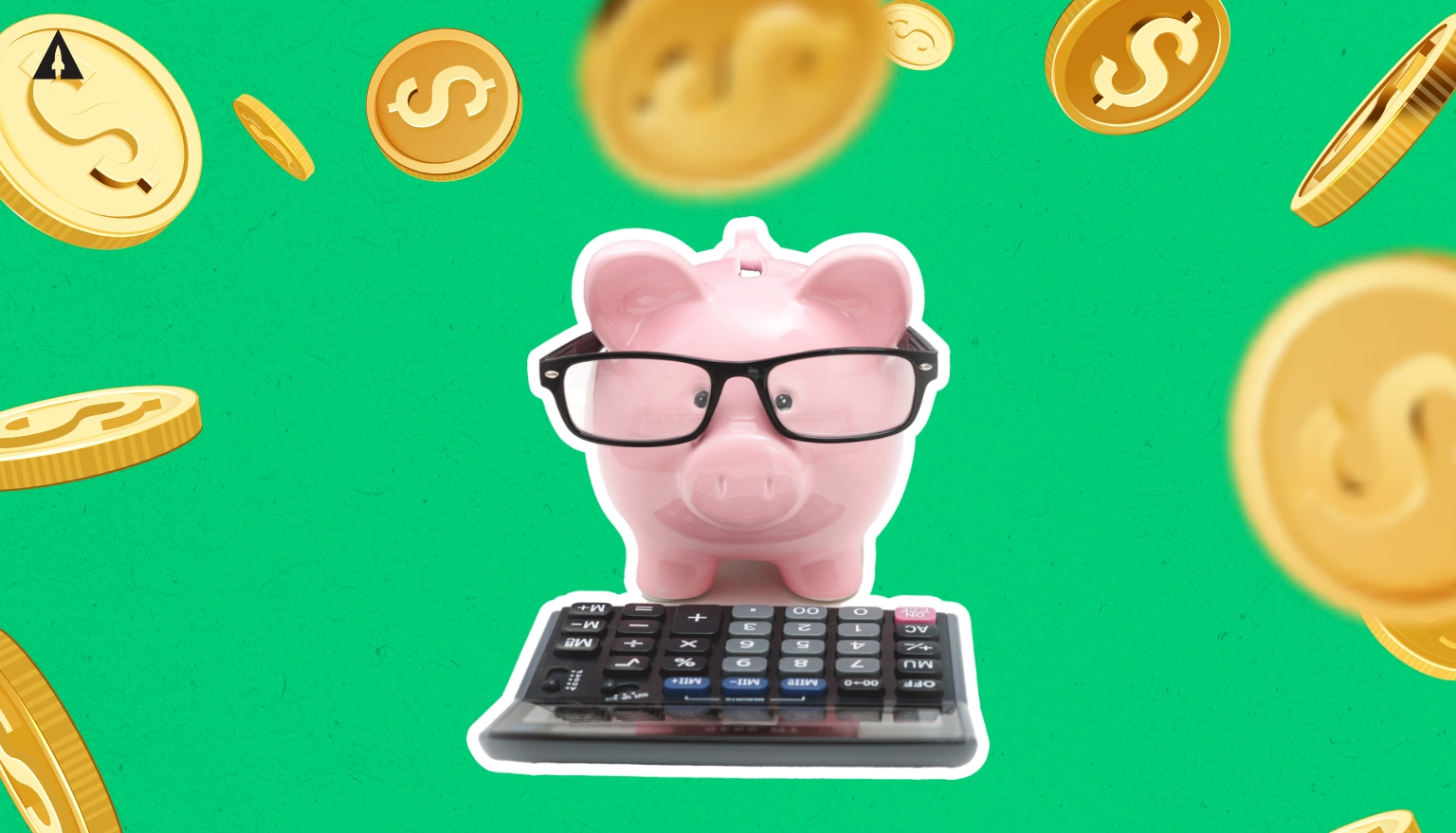
If you’re serious about launching on Kickstarter, here’s what I recommend:
- Start with the minimum viable campaign – Determine the absolute minimum you need to spend in each category to create a professional-looking campaign. Focus on the elements that directly impact conversion rate: clear photography, a concise video that demonstrates your product, and a well-organized campaign page.
- Identify where to invest more – Based on your product and audience, decide which categories deserve additional investment. For example, if your product has complex features, you might invest more in video. Be honest about your own strengths and weaknesses—areas where you lack experience should typically be outsourced to professionals.
- Create a realistic timeline – Remember that each element takes time. Plan backwards from your intended launch date, allowing adequate time for each component. Most successful campaigns spend 3-6 months in preparation before going live.
- Test before you invest – Use small advertising tests to validate your concept before committing to larger expenses. A budget of $1,000-2,000 for initial ad testing can provide valuable data about your target audience and messaging effectiveness.
- Consider guided support – If this is your first campaign, having expert guidance can save you from costly mistakes. The investment in professional support often pays for itself through improved campaign performance and reduced stress.
Remember, a successful Kickstarter isn’t about who spends the most money – it’s about who spends their money most effectively. Strategic investment in the right areas can dramatically improve your results.
Your Next Step
Understanding the true costs of running a Kickstarter campaign is essential for planning your product launch effectively. While starting a campaign is free, running a successful one requires thoughtful investment across five key areas: product photography, campaign video, page design, advertising, and campaign management.
The examples of Vicious Gardens, Desk Nest, and Loka Chai Maker demonstrate that success is possible at various budget levels, but all required strategic allocation of resources. These creators made smart choices about where to invest their limited budgets to maximize their return on investment.
If you’re still unsure about what your specific campaign needs, you can reach out to me and my team at LaunchBoom. We’d be happy to help you figure out exactly what investment makes sense for your product based on our experience with hundreds of successful campaigns.
You now have the knowledge to make informed decisions about your Kickstarter budget. With careful planning and strategic investment, you can significantly increase your chances of crowdfunding success.
Good luck with your campaign!
How much does a Kickstarter campaign cost? Frequently Asked Questions.
How much does it cost to launch a Kickstarter campaign?
It costs nothing to create and launch a Kickstarter campaign. The platform only charges fees after your campaign succeeds – 5% to Kickstarter and 3-5% for payment processing via Stripe. However, running a successful campaign typically requires investment in product photography, campaign videos, page design, advertising, and possibly campaign management.
What is the average advertising budget for a successful Kickstarter?
Successful first-time creators typically spend 10-20% of their funding goal on advertising. This investment is usually split between pre-launch marketing to build an audience and live campaign advertising. For example, the Loka Chai Maker campaign invested $31,000 in pre-launch ads and a total of $60,000 on advertising throughout their campaign, which helped them raise $626,497 from nearly 6,000 backers.
How much should I budget for a Kickstarter campaign video?
Kickstarter campaign videos typically cost between $100-15,000 depending on your approach. DIY videos using smartphones and basic equipment can cost as little as $100-500. Most first-time creators spend $1,000-5,000 working with students or freelancers, while professional agencies charge $5,000-15,000. Regardless of budget, focus on clear product demonstration, professional production quality, and creating an emotional connection with viewers.
What are the essential costs for a Kickstarter campaign?
The five essential cost categories for a successful Kickstarter campaign are: product photography ($100-2,500), campaign video ($100-15,000), page design and copywriting ($0-5,000+), advertising (typically 10-20% of funding goal), and campaign management ($0-25,000+).
How much does a Kickstarter marketing agency cost?
Kickstarter marketing agency costs vary significantly based on the level of service. Full-service agencies typically charge at least $25,000 plus a commission of 5-15% on funds raised, and often require an additional $25,000 minimum for advertising spend. A more affordable option is guided support services ($4,000-12,000), where you work collaboratively with experts but handle some tasks yourself. This middle-ground approach was used by successful campaigns like Vicious Gardens, Desk Nest, and Loka Chai Maker, all of which raised over $450,000 without the high costs of full-service agencies.


